- Best Soaker Hose Options Your Yard Truly Needs This Year - January 5, 2024
- Best Tomato Planters You Should Really Consider for Your Garden - December 21, 2023
- Best Home Depot Tomato Cages to Support Your Plants - December 16, 2023
When I first heard about this tomato variety, my mind went straight to Edward the Black Prince and Ivanhoe. I guess that’s what happens when you grow up with an English teacher for a grandpa. After a little contemplation, I’m pretty sure that neither the historical figure nor the novel has anything to do with the tomato; this variety is Siberian in origin.
The name may have intrigued me but it was the qualities of this tomato that won me over. I am in love with everything about this variety. Give me a chance to explain why and I think it will win you over as well.
Bottom Line Upfront
With so much gardening happening right now, you may not have the time to read this article in full. Besides, you may have already gotten bogged down with a Walter Scott novel by now. Well, once you finish up in the garden and discover whether Ivanhoe chooses Rowena or Rebecca, come back here. I can’t compete with Scott’s prose, but I’ll give you all the Black Prince tomato information you need.
Until that day, let this summary suffice. Black Prince tomato plants grow purplish-black to red-maroon-colored fruits. Many plants produce large quantities of these 2” fruits throughout their growing season because they are indeterminate. This variety is easy to grow and seed harvest because they are self-pollinating and produce true-to-variety fruits.
When harvested, Black Prince tomatoes are excellent for any dish, whether raw or cooked. Their texture is firm but juicy. Their flavor is sweet and smoky.
How to Identify Black Prince Tomatoes
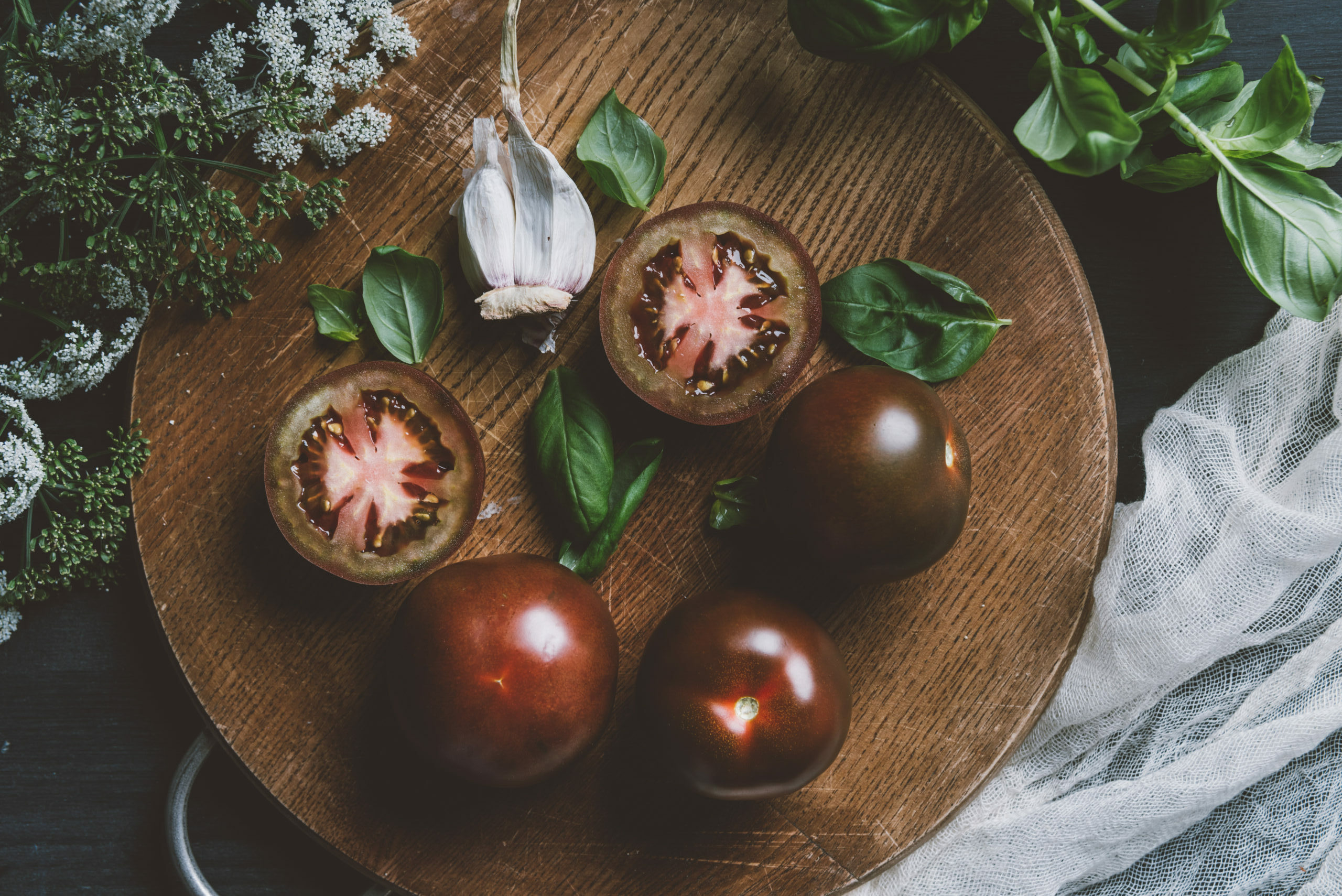
I guess Russian tomato growers are great at producing purplish-black varieties. The Purple Russian and the Black Prince tomato varieties are both distinctly this shade. I don’t know if the coloring is such because of the cold climate in Russia, but I do know that black tomatoes contain more lycopene than red tomatoes.
Other key features of Black Prince tomatoes include:
- They are indeterminate so they can produce vines reaching nine feet long
- Since they are an indeterminate tomato variety, they can produce fruit until frost kills them off in the Fall
- Many plants can produce 25 lbs. During a growing season
- Like an heirloom tomato variety, they self-pollinate and reproduce true-to-seed
- Fruits average 2” in diameter
- Fruits are either circular or plum-shaped
- Fruits are juicy and sweet
How to Grow Black Prince Tomatoes from Seed
Growing tomatoes from seed is a very rewarding endeavor and I highly recommend you try it sometime. Black Prince tomatoes are an excellent choice, to begin with. This variety is so easy to grow and is even slightly tolerant of cold weather, so it is really hard to mess this one up. If you’re interested in trying, let me walk you through my best practices for planting tomato seeds.
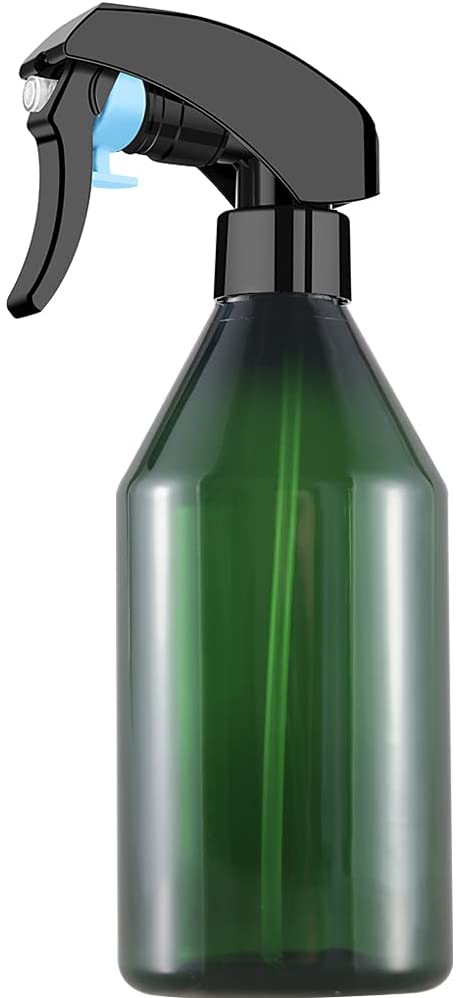
- Firstly, I gather my tools – Tomato seeds, Seed starter tray, Seed starter soil, Spray bottle, Heat mat, and Grow lights.
- Secondly, I spread the soil in the seed tray so it is one even layer.
- Thirdly, I plant the seeds a quarter of an inch deep in the soil.
- Fourthly, I moisten the soil with water from the spray bottle.
- Fifthly, I place the tray on the heat pad and cover it with the tray lid
To maintain healthy seedlings and sprouts, I moisten the soil daily, remove the tray lid when sprouts appear, and keep the seed tray in a warm place with plenty of sunlight or access to grow lights. Only when the sprouts are 7” tall do I consider preparing them for life outdoors.
How to Harvest Black Prince Tomato Seeds
Black Prince tomato seeds are slightly difficult to come by because they are an heirloom variety, so it will be in your favor to harvest your own. Don’t worry, the process is simple even if it takes a week or more to complete. Once you’re finished, you’ll be very proud of your efforts and you’ll be a self-sustained gardener. If you’re interested in trying this, here is what you need to do:
- Gather the necessary supplies – healthy tomatoes, clean cutting board and knife, clean mason jar with a lid, colander, paper towels, paper plates, and coffee filters.
- Slice the tomatoes in half.
- Squeeze out the seeds and the seed gel into a bowl.
- Once you have the portion of seeds you need, pour the seeds and the gel into the mason jar and close the lid.
- After 24 hours, gently shake the jar.
- After 48 hours, open the lid of the jar and smell the mixture (it should not smell good; it should smell like something is fermenting, e.g., Kimchi, kombucha). If it smells as it should, replace the lid and gently shake the jar.
- On days 3 through 7, gently shake the jar.
- On day 7, open the jar and pour out the seeds and the gel into a colander, and rinse them with cold water until the gel has been removed. Next, place two paper towels on a paper plate and label them with the tomato variety. Then, put a coffee filter on top of the paper towels. Finally, spread the seeds on top of the coffee filter.
- On days 7 through 10 allow the seeds to dry out in a cool, dark, and dry place.
- On day 10, move the dried seeds to a paper envelope that has been dated and labeled with the seed variety. Store the envelope in a cool, dark, and dry place.
When to Plant Black Prince Tomatoes

Black Prince tomato plants are indeed more tolerant of cold weather than other types of tomato plants. However, I don’t like to test how cold is too cold on my tomato plants. I would much rather have a healthy harvest of tomatoes. For this reason, I usually wait until seasonal frost is over and nighttime air temperatures remain above 50° F. When I am unsure about frost in my area, I reference this website.
Also, I try to test soil temperatures before I transplant my tomato plants. With Black Prince tomatoes, I look for temperatures at or above 65° F. I use a soil thermometer to do this.
How to Plant Black Prince Tomatoes
Before you set any tomatoes outside, you need to harden them as sprouts. This includes the incredibly cold tolerant Black Prince tomatoes. Hardening a tomato plant includes the following steps:
- Check that the outside air temperatures are above 50° F
- Move the plant to an outdoor area that is shady and blocked from the wind
- Bring the plant in at night
- Repeat steps 2 & 3 for up to fourteen days
Once your plants have hardened to the outdoor climate, you can move them to a permanent garden plot. When you’re ready to do this, here are the steps:

- Gather the necessary equipment – shovel, compost, water hose, and trellis
- Dig 12” holes for each plant
- Space the holes at least 24” apart
- Fill 3” of each hole with compost
- Set a tomato plant in each hole
- Cover the hole with dirt and secure each plant in the garden bed
- Set up the trellis near the plants
- Water the plants thoroughly
Best Black Prince Fertilizer
Fertilizer is one of those tomato plant necessities that can also cause huge problems. If you don’t dilute the formula enough or pour it far enough away from the plant, it will burn the plant’s roots and you won’t get any juicy tomatoes. Fertilizer can also cause tomato plants to produce thick vines and leaves without fruit. Since you don’t want either of these issues when you grow Black Prince tomatoes, follow these tips:
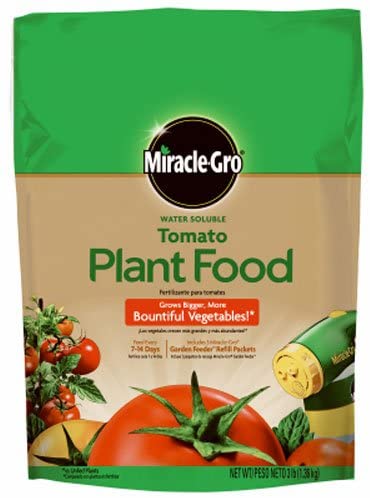
- Use worms castings on seedlings and indoor sprouts
- Use compost when transplanting seedlings to an outdoor garden plot
- Use Miracle-Gro Tomato Plant Food after seedlings have been transplanted for at least three weeks
- Continue fertilizing plants every other week
- Stop fertilizing when the plant has a significant amount of tomatoes growing on it
- Avoid directly fertilizing the plant’s roots
- Dilute the fertilizer solution as noted on its container
Black Prince Tomato Soil Requirements
When I plant Black Prince tomatoes in a garden plot, I try to provide them with the following two features:
- Soil that drains well (if it doesn’t, I add compost at a ratio of 1:3 compost to garden soil)
- Soil that has a pH level of 6.5 (if it doesn’t I adjust the levels using wood ash to make it more acidic or ground lime to make it less acidic)
Black Prince Tomato Light Requirements
Initially, I assumed that this variety might not need a lot of sunlight, but as I researched them more, I discovered my assumption was incorrect. Black Prince tomato plants thrive in six or more hours of full sunlight every day.
Black Prince Tomato Water Requirements

Black Prince tomatoes are not complicated when it comes to their water requirements. They are similar to many other tomato varieties in that they need plenty of moisture to produce healthy fruit. Here are a few tips to keep in mind as you grow these plants:
- Keep seed and sprout soil moist all the time
- Water each plant thoroughly after transplanting it to an outdoor plot
- Check each plant’s soil daily to ascertain whether it requires water or not (I water when the top two inches of a plant’s soil is dry)
- Use a soaker hose rather than a sprinkler or regular garden hose to prevent water-borne diseases
- Do not overwater when fruits appear since this can cause the fruits to burst
Best Black Prince Tomato Companion Plantings
Companion gardening is a great way to naturally protect a plant or enhance the nutrients it receives. For instance, growing beans enhances soil with nitrogen, marigolds attract pollinators, and garlic repels aphids. Now, all three of these plants I mentioned are good companions for tomatoes, but let’s talk about the ones that work best with Black Prince tomatoes specifically.
Basil
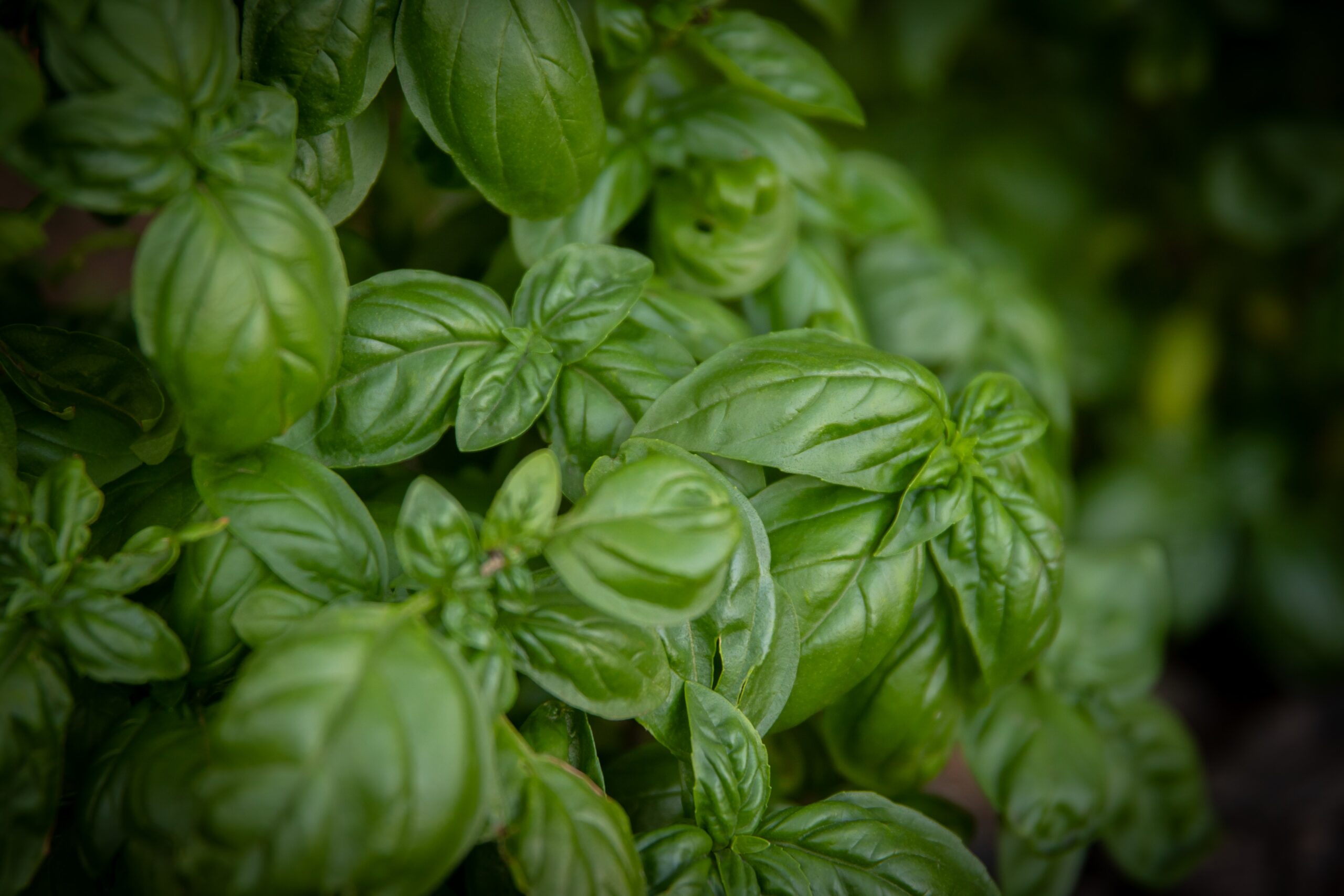
You’re going to love growing this with your Black Prince tomatoes because at harvest time you can use both in sandwiches, salads, soups, and sauces. Meanwhile, in the garden, basil plants will protect your tomatoes from aphids and whiteflies.
Roses
Not only are these flowers lovely for decorating homes and gardens, but they are also great for defending Black Prince tomatoes from Septoria Leaf Spot.
Dill
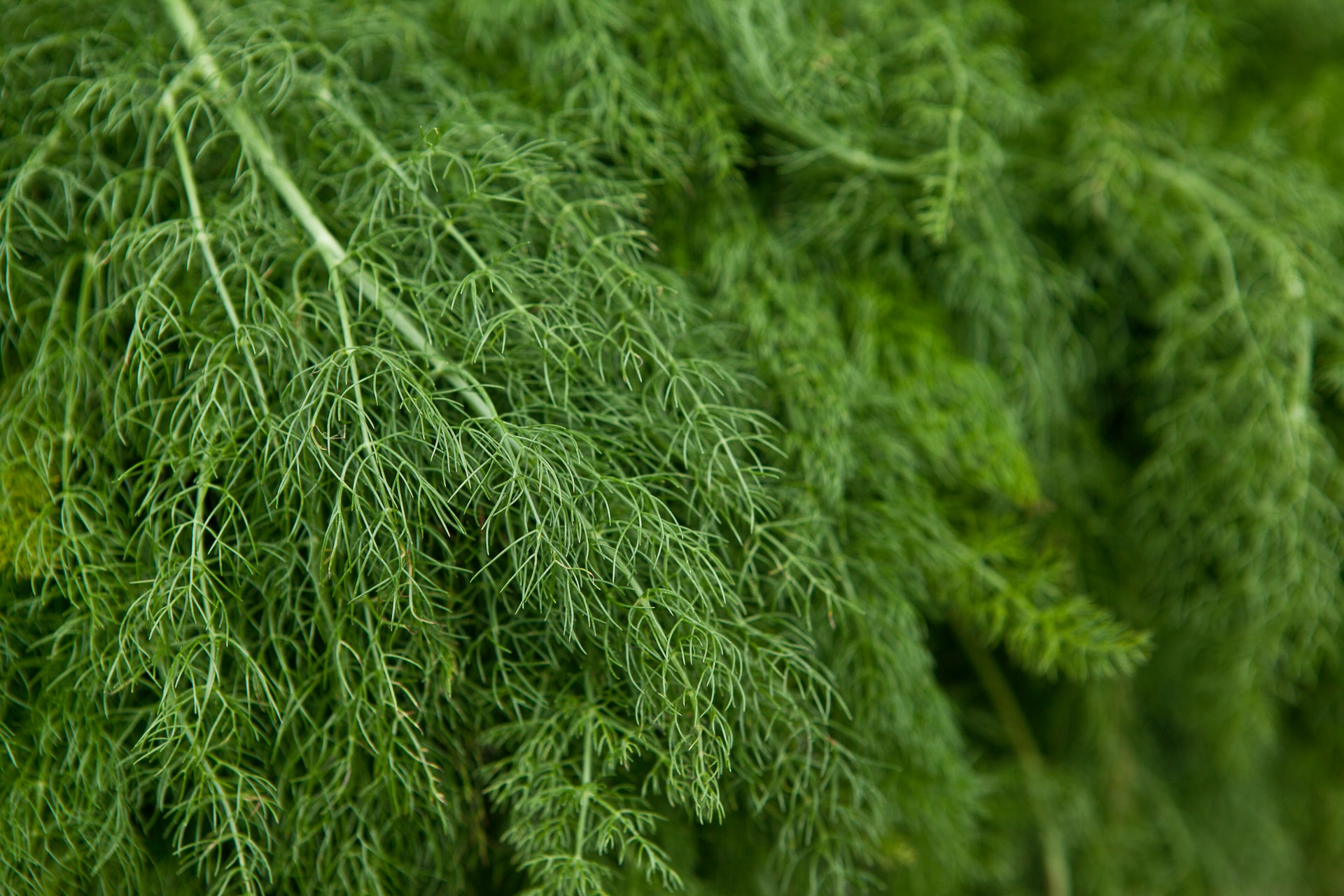
If you’re growing cucumbers this season, why not grow some dill too. You’ll have the ingredients necessary for pickling and you’ll be able to defend your tomato plants from nasty hornworms. This is quite the herb if you ask me.
Black Prince Tomato Treatments and Maintenance
While Black Prince tomatoes are slightly resilient to cold temperatures, most heirloom tomatoes are grown more for taste and texture than pest or disease resiliency. Since that is the case, we need to understand the specific things that attack Black Prince tomato plants. So, let’s talk about five things that you will probably deal with when you grow this variety.
Aphids
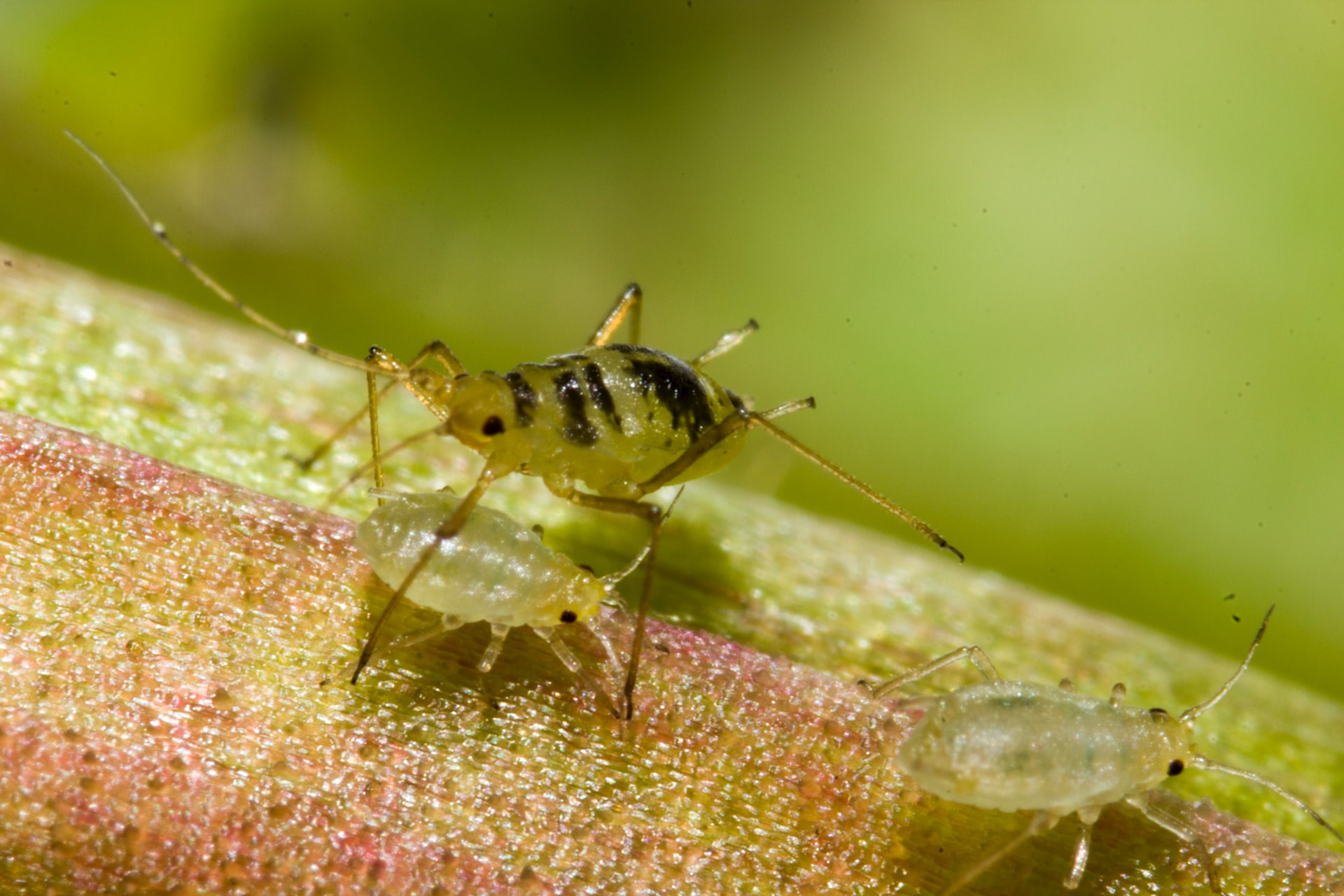
These tiny sap-sucking insects are sure to be an irritant to healthy tomato plants. If you notice little teardrop-shaped insects on the leaves and stems of your tomato plants, and possibly, a trail of ants in your garden, then you can conclude you have an aphid infestation. There are a few steps you can take to deal with this type of infestation:
- Plant basil nearby to repel aphids
- Repel the ants, who feed on and defend the aphids, by introducing predatory insects
- Distract the ants by planting attractive plants such as dill nearby
- Wipe the plants with neem oil to prevent future infestations
Early Blight
This disease will attack tomato plants through contact with infected soil or water. Evidence of this blight is the yellowing and drying of leaves. To deal with this disease, try these options:
- Mulch the plants after they are transplanted to a garden plot to create a barrier between the soil and the plant
- Apply a fungicide to infected plants
- Remove infected plants when they do not recover from treatments
- Fumigate the soil where infected plants have been removed
- Water plants with a soaker hose to prevent leaves from being splattered with infected water or soil
Hornworms
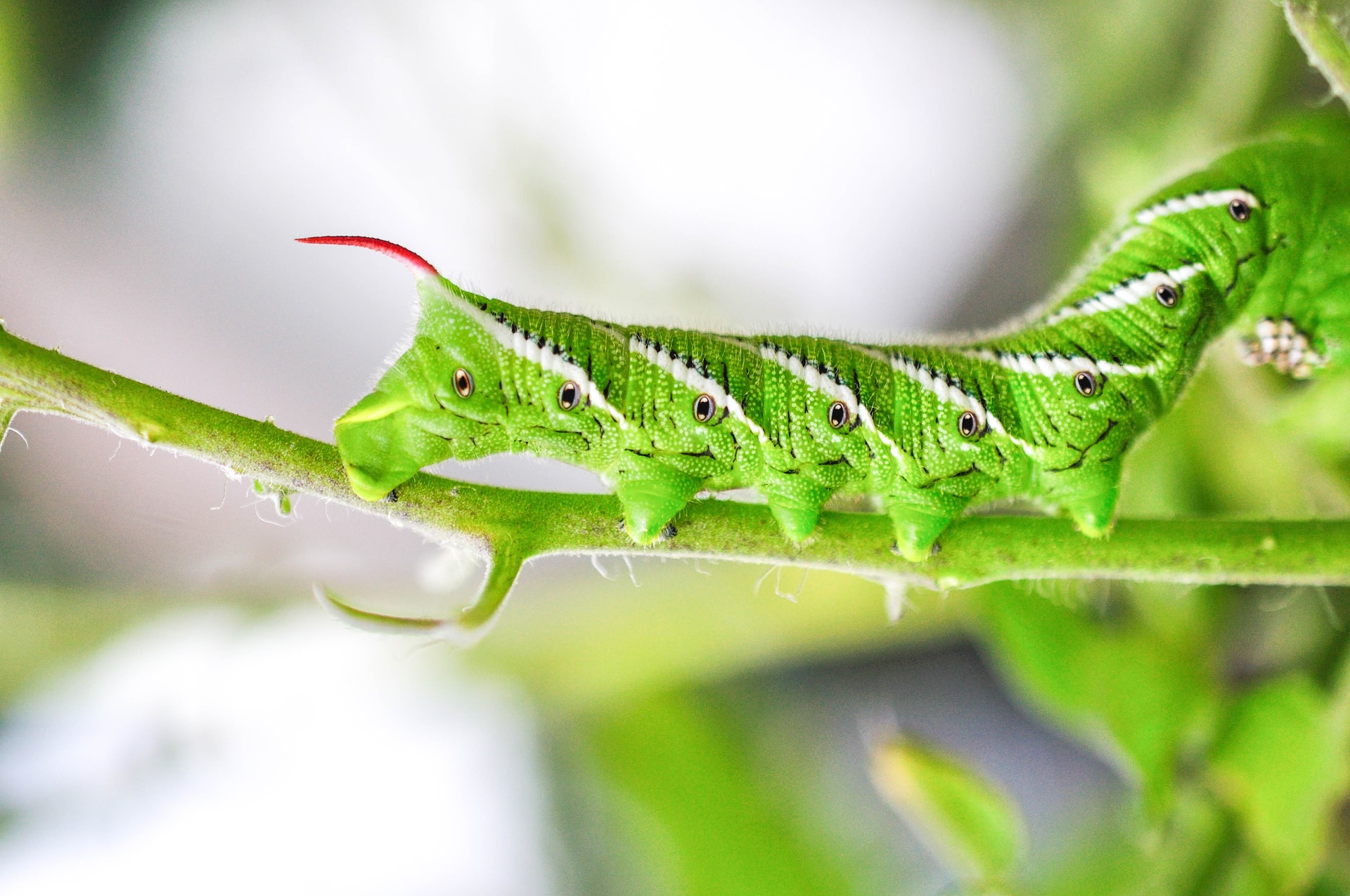
This pest loves to munch on tomato plant leaves and will eventually eat its way through a whole crop. If you see one on your tomato plants, you should remove and destroy it immediately. Then, check for more. Here are some tips for dealing with these:
- Plant dill nearby to repel them
- Use Bacillus Thuringiensis on affected plants
- Bring in predatory insects, such as ladybugs and lacewings
Late Blight
This type of blight attacks stems and leaves through air spores. There is no way to recover from late blight. The best way to prevent it is by planting locally grown parent seeds that may have a natural resistance to late blight.
Septoria Leaf Spot
A plant that is infected with this disease will have leaves that are spotted and then will turn yellow and die off. To deal with this disease, try these options:
- Plant roses nearby to prevent it
- Apply a fungicide
- Remove affected parts
Where to Purchase Black Prince Tomatoes Online

Black Prince tomato seeds may be a rare find in commercial markets, but that doesn’t mean they don’t exist there. Here are a few online shops that sell these wonderful plants in either seed or sprout form.
- Tomato Fest – seeds
- Southern Exposure Seed Exchange – seeds
- Bonnie Plants – sprouts
FAQs
Answer: Yes, they should. As an indeterminate variety, their production rate and growth will benefit if you prune their suckers.
Answer: Approximately 70 days. A ripe tomato should have a purplish-red hue at its top with more red at its bottom. They should also be heavy, firm, and have a slight give when gently squeezed.
Answer: This is going to be up to you and your tastebuds, but I prefer to put these tomatoes in a soup. Their flavor is so unique with hints of smoke and sweetness that I think they make beautifully flavored one.
In Conclusion
Well, now I’m hungry for tomato soup and a good Walter Scott novel. I also wish I could get together with you to chat about our favorite books, tomato-based recipes, and gardening tips. Even though we may not be able to, I hope you take the time to do so with your friends. That’s why food and literature are such special and complimentary items – they bring people together. Now, go bring your people together.
For more tomato tips, I recommend you read the following articles by my Jardin HQ colleagues. They have some great tips and tricks.
- Beefmaster Tomato Growing Guide: Everything You Need to Know
- White Spots on Tomato Leaves Advice And How To Successfully Remove Them
- Garden Tower Project Review: How To Start Home Gardening ASAP?

